Batsmen: Cricket, often regarded as a sport of intricate skills and strategies, has seen countless legends rise and fall. Among these cricketers, one of the most interesting phenomena is the longevity of a batsman’s career compared to a bowler’s. A batsman’s career often lasts much longer than a bowler’s, even though both are essential for the team’s success. This article delves into the reasons why batsmen tend to have longer careers than bowlers, exploring factors such as physical demands, injury risks, and the psychological aspects of both roles.
1. Physical Demands And Injury Risks
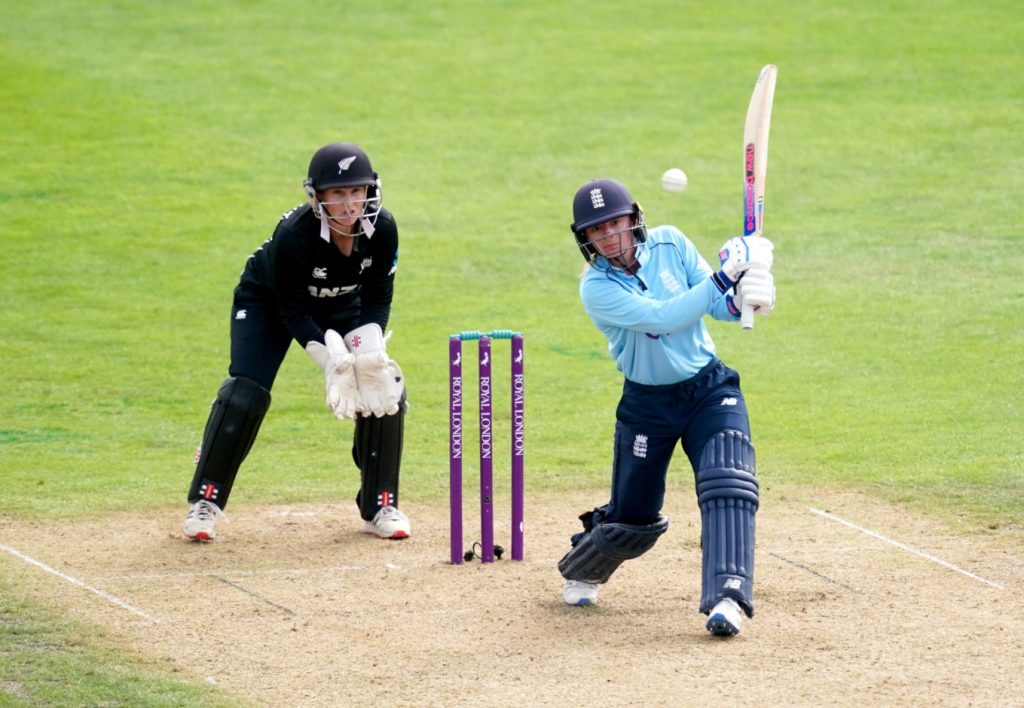
One of the primary reasons for the longer careers of batsmen is the difference in the physical demands of batting and bowling.
Batsmen’s Role: Batting is a less physically taxing activity compared to bowling. A batsman needs to be agile, quick in reflexes, and possess good hand-eye coordination. However, a batsman doesn’t constantly put significant strain on their body. The most intense physical aspect of batting is running between the wickets, which, though demanding, is generally less harmful to the body than repetitive bowling actions.
Bowlers’ Role: Bowling, on the other hand, especially fast bowling, puts significant strain on a player’s body. Fast bowlers, in particular, subject their bodies to repetitive high-intensity movements, such as sprinting to the crease and delivering balls at high speeds. This places immense stress on the joints, particularly the knees, lower back, and shoulder, which can lead to long-term injuries. Spinners, while less prone to high-impact injuries, still experience wear and tear, particularly on their wrists and shoulders.
| Physical Strain | Batsmen | Bowlers |
|---|---|---|
| Stress on joints | Low | High |
| Frequency of intense physical effort | Medium (during running between wickets) | High (during repetitive deliveries) |
| Injury risk | Medium | High |
2. Psychological Factors
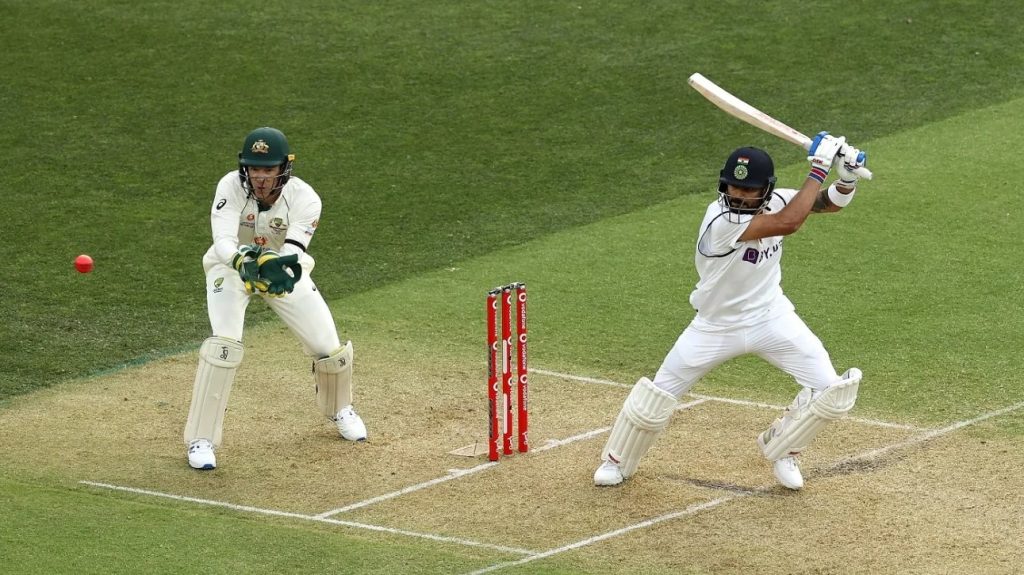
The mental demands of both batting and bowling play a significant role in a cricketer’s career longevity.
Batsmen’s Mental Stamina: Batsmen need to maintain concentration and focus for long periods. Their role is often reactive, responding to bowlers’ deliveries and adapting to changing conditions. While it can be mentally exhausting, batting does not demand the same level of pressure as bowling. A batsman has more control over the rhythm of their performance, and if they struggle with form, they can usually continue playing by adjusting their technique or mindset.
Bowlers’ Mental Fatigue: Bowlers, especially fast bowlers, often experience periods of intense psychological pressure. They must deliver with accuracy, pace, and consistency under pressure, which can be mentally exhausting. The physical toll of repeated deliveries can also contribute to mental fatigue. For a bowler, constant injury management and the challenge of sustaining high-performance levels over time can take a toll on their confidence, making it harder to maintain a long career.
3. Wear and Tear On The Body
One of the main reasons bowlers have shorter careers is the cumulative wear and tear their bodies experience.
Batsmen’s Recovery: Batsmen, especially top-order batsmen, can enjoy extended careers because their role is less physically demanding. They have more time between matches, which allows for recovery, and their bodies generally don’t endure as much stress. A batsman might suffer from wrist, knee, or lower back pain, but these issues are generally less debilitating compared to the chronic injuries fast bowlers face.
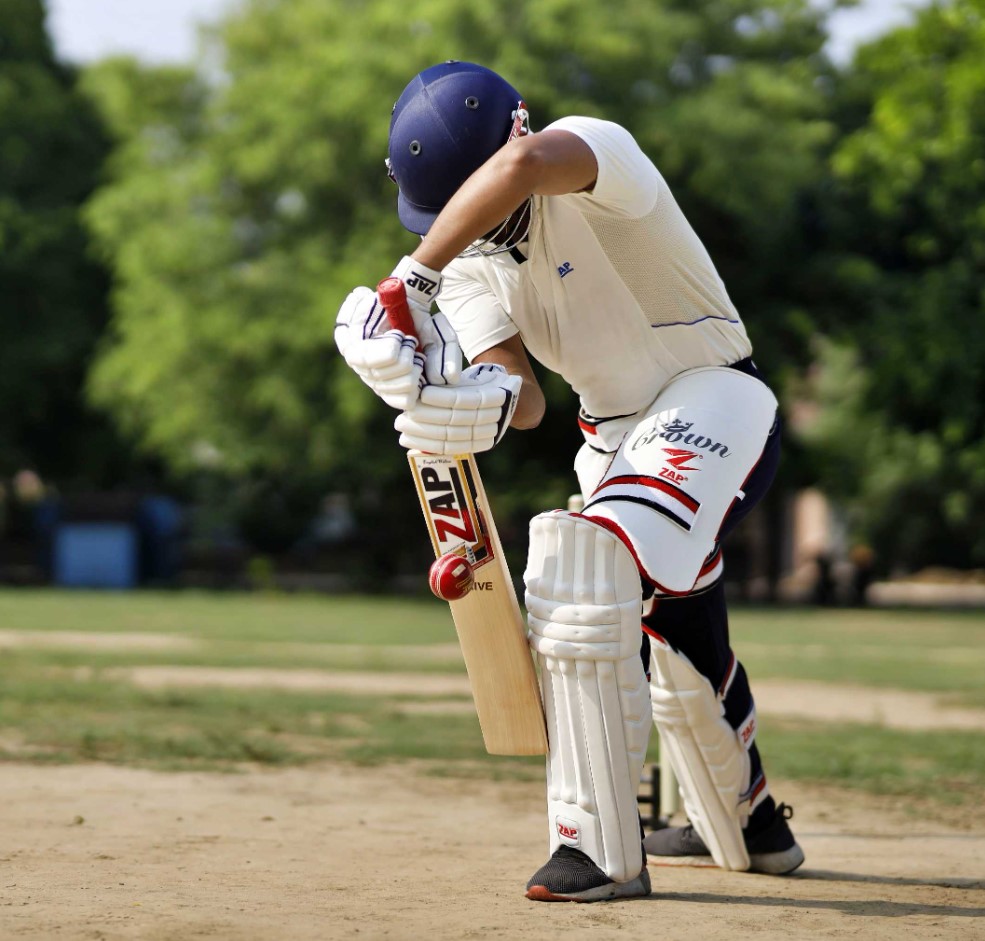
Bowlers’ Recovery: The repetitive nature of bowling, especially fast bowling, means that bowlers often experience stress fractures, tendinitis, or muscle strains. These injuries can significantly shorten a bowler’s career. Bowlers like Shane Bond and Brett Lee, for example, struggled with injuries that ultimately limited their playing years. A bowler’s body faces higher impact stress, especially when playing in various conditions (e.g., bowling on hard pitches), which causes more frequent breakdowns.
| Career Longevity | Batsmen | Bowlers |
|---|---|---|
| Wear and tear on body | Low | High |
| Common injuries | Medium | High |
| Recovery time | Shorter | Longer |
4. Technical Aspects Of The Role
A key element that gives batsmen an edge in terms of career longevity is the adaptability of their technique.
Batsmen’s Adaptability: Batsmen have the ability to adjust their techniques to continue playing effectively as they age. For instance, players may reduce their running between the wickets, use more defensive techniques, or adjust their shot selection. Batsmen like Jacques Kallis and Shivnarine Chanderpaul have demonstrated that with experience, a batsman can prolong their career by adapting their game to different formats and conditions.
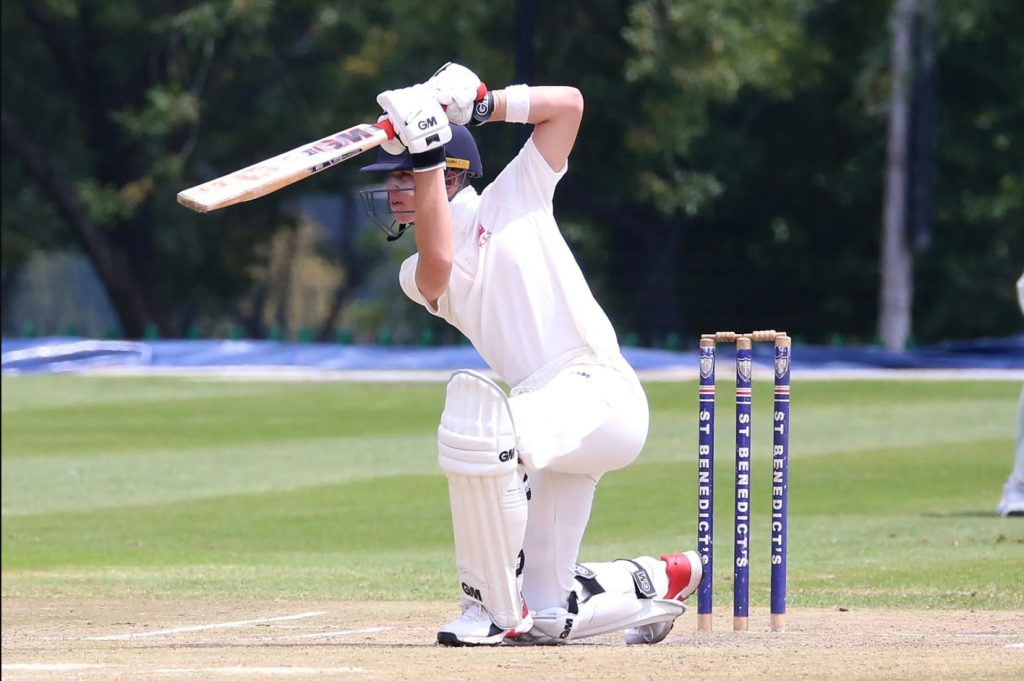
Bowlers’ Physical Decline: Bowlers, particularly fast bowlers, cannot rely as much on technique or skill changes as they age. Once a bowler’s pace drops or their body becomes prone to injuries, it can be difficult for them to remain competitive at the highest level. Although spinners can often bowl for longer, they also face their own challenges in maintaining consistency and avoiding physical decline, particularly in the back or shoulder.
5. The Role Of Fitness And Technology
Batsmen’s Fitness: Modern-day batsmen have access to extensive fitness programs that help improve their endurance, flexibility, and strength. This enables them to play at the highest level well into their 30s and sometimes even into their 40s. Players like Sachin Tendulkar and Ricky Ponting were able to extend their careers significantly due to their commitment to fitness.
Bowlers’ Fitness: Bowlers, particularly fast bowlers, benefit from fitness advancements as well, but the impact is often less significant. The wear and tear from bowling actions are more difficult to manage despite rigorous fitness regimens. Technology such as biomechanical analysis and recovery tools can help reduce injuries, but fast bowlers still face an inevitable decline in pace and endurance as they age.
6. Evolution Of Cricket Formats

The introduction of shorter formats such as T20 cricket has also contributed to longer careers for batsmen.
Batsmen in Shorter Formats: The fast-paced nature of T20 cricket allows batsmen to continue playing for longer, as the physical and mental demands are less intense than Test cricket. A batsman can play a key role in T20s by focusing on aggressive strokeplay and quick scoring without the prolonged grind of a five-day Test match. Players like Chris Gayle and MS Dhoni have had extended careers by adapting to shorter formats.
Bowlers in Shorter Formats: While the shorter formats offer opportunities for bowlers as well, the physical toll on fast bowlers is more evident. The high intensity of bowling in T20s can exacerbate injuries and reduce the time a bowler remains effective.
The longer careers of batsmen in comparison to bowlers are influenced by a range of factors, from physical demands and injury risks to psychological and technical aspects. Batsmen generally experience less wear and tear, have more opportunities to adapt their playing style, and benefit from advancements in fitness and technology.
Meanwhile, bowlers face higher injury risks, especially fast bowlers, and struggle with the mental and physical toll of their roles. Understanding these factors not only sheds light on why batsmen tend to have longer careers, but also highlights the complexity of managing both roles in the evolving game of cricket.
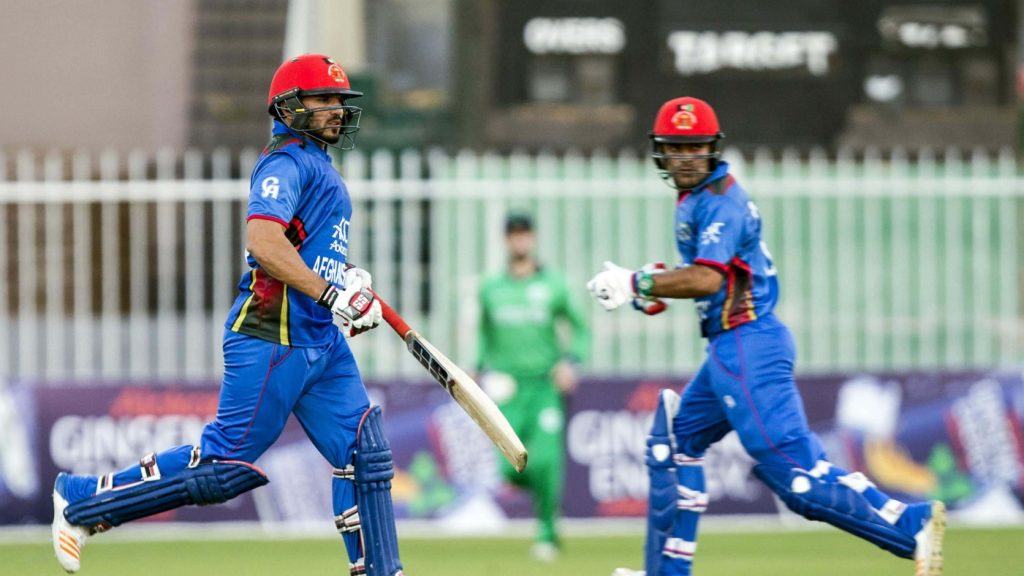
Ultimately, both batsmen and bowlers contribute to the team’s success, but the nature of their respective roles ensures that, more often than not, batsmen enjoy a more extended career in the world of cricket.
